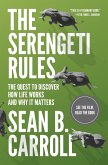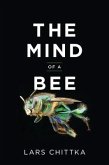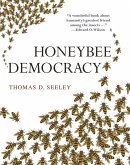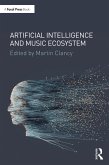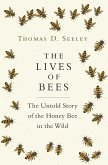"When we think of animal sound we tend to think about birds or other highly sonic animals. However, scientists are learning that a much wider range of animals, and even plants, use sound, and they are figuring this out with the help of AI and other digital technologies. This book tells the stories of scientists who are using these digital technologies to decode the hidden world of nonhuman sound. Bakker shows how digital technology, so often associated with our alienation from nature, is offering an opportunity to listen to plants and animals in powerful new ways, changing our understanding of nonhuman communication and reviving our connection to the natural world. Beautifully written and deeply researched, the book is a story of discovery. Early chapters describe early 20th-century discoveries about whale noise, while subsequent chapters describe how digital technologies have revealed the surprising sonic worlds of elephants, turtles, corals, and plants. Through these stories we learn that many more plants and animals can make and sense sound and that these sounds are linked to complex communication and social behavior. But, as we learn, this science is not merely about listening to nature in new ways; it also creates new possibilities for both conservation and interspecies communication. In the book's later chapters, Bakker describes fascinating breakthroughs -- aided by robotics and AI -- that may enable people to communicate with other species. She ends the book by exploring how conservationists are using bioacoustics to protect endangered species, address the threat of noise pollution, and create innovative responses to biodiversity loss and climate change. Throughout the book, Bakker describes the research of a diverse range of scientists, with a particular emphasis on female and indigenous scientists. And while she ultimately champions the potential of digital technology, she is not naive to its limitations and is careful throughout to highlight the limits of technology. Ultimately, we see that bioacoustics, aided by digital tech, offers humanity a powerful new window into the nonhuman world"--


